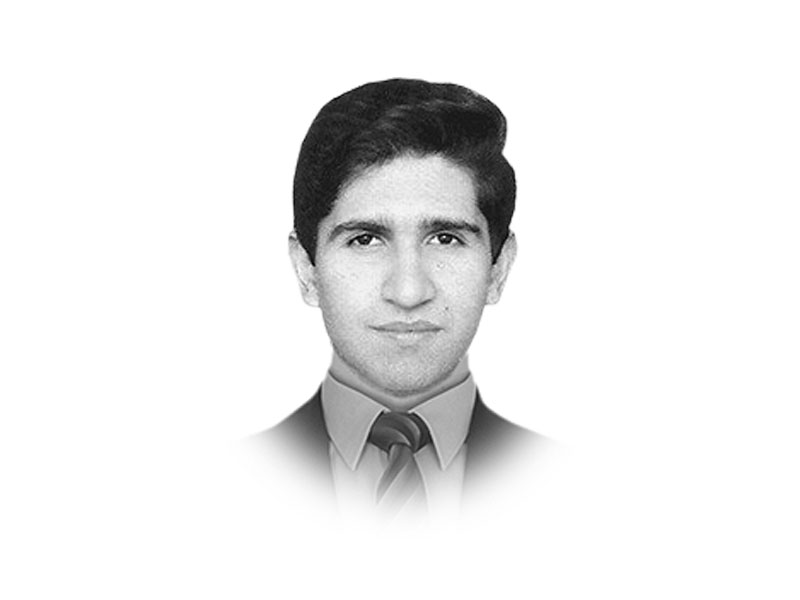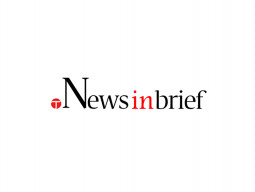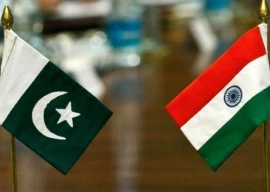
Pakistan did not inherit a very stable structure. In 1947, 16 per cent of Pakistan’s population was literate. Literacy was not a big priority with succeeding Pakistani governments, so by the end of the 20th century, Pakistan’s literacy lagged at only about 35 per cent; even that is an exaggerated official figure.
At present, less than two per cent of Pakistan’s GDP is allocated for education, which takes Pakistan close to the bottom among 87 developing countries.
This has led to a dwindling technological base, which depends on education and thus, has also hampered economic modernisation even though the expanding upper middle class likes to be considered modern.
The magnitude of Pakistan’s educational challenge is huge in itself, with more than 150,000 public education institutions serving over 21 million students.
There is a parallel system of private sector educational institutions that serve another 12 million people.
According to official figures, literacy rates in Pakistan rose from 45 to 54 per cent between 2002 and 2006 and the net primary enrolment rates increased from 42 to 52 per cent.
However, these official figures sometimes exaggerate statistics by including people who have a very basic level of primary education, with people barely able to read and write being considered literate as well.
Overall, Pakistan’s school participation rates are amongst the worst in South Asia, with huge disparities between gender enrolment and an intractable rural-urban educational divide. Gender statistics are self-revealing with only 22 per cent of girls completing primary schooling, as opposed to 47 per cent boys.
Many people never receive more than primary education. School dropouts are startlingly high. Out of the small percentage that does get to secondary levels, only about 19 per cent get to upper secondary schools. Tertiary education rates are even more dismal, with less than five per cent of the eligible youth cohort between 17-23 years reaching tertiary institutions.
There is also the educational divide; since the elite have abandoned the public education system, relying instead on a mainly English-speaking private sector, a wider divergence of educational discourses has become all the more evident.
While all schools are bound to follow similar syllabi in subjects such as Pakistan Studies, even then a number of private schools encourage objectivity and creative thinking among students, which is done by reliance on histories more open to interpretation. This stratification of Pakistan’s educational infrastructure has created significant divergences of world views, which are representative of their curriculum design, by design or by default.
Sending kids to English speaking schools is not by any means limited to the elite who can probably afford to pay their way through any sort of educational expense easily.
Even what could be called the salaried upper-middle class is now opting to send their kids to expensive private schools at the expense of lowering their living standards in order to meet the excessive fees.
This trend is geared towards a certain goal; sending their children abroad for higher studies eventually. Many, if not most of these children, decide not to come back to Pakistan, adding to the brain drain.
Private education is never bad, as long as the public sector keeps pace. A system of educational elitism has, however, deepened the rift between the state-sponsored public educational system, the madrassa, and the modern education sector.
This trend of polarisation, springing from the various dynamics of education, also effectively contributes to a widening social divide, which the extremists exploit by manipulating a social and opinion leadership vacuum.
Since the elite do not identify with this centre either, the radicals are the more natural partners due to being more accessible. It is the public sector that has to catch up to private educational entrepreneurship to shorten the gap.
If the demand for education cannot be met by the public sector, it will be met by somebody, and consequently, if the educational rift widens even further, it will be the fault of the public education system.
Published in The Express Tribune, March 10th, 2013.
COMMENTS (8)
Comments are moderated and generally will be posted if they are on-topic and not abusive.
For more information, please see our Comments FAQ



















































@hasan:
it is important to develop the skill base,only that can power economic growth.
In fact even more spending is needed on education and RnD
It was the Secular Indian Education system that gave free thinking, so that i can practice & Enjoy my religion. If there was any religious put than surely i was an extremist of that particular religion.
so please keep separate Education & Religion
Gulam Rasool"Kuldeep sharma" New Delhi
Did the author include Madrassas in his calculation? Pakistan must make the Arabic language compulsary in the schools, as well as upgrade the Madrassa to include other subjuects including philosophy of Natural sciences.
Rex Minor
Education i.e. modern education and not the religious education, only can bring positive change in the life of any country including Pakistan. Improvement in the economy will give room to spend more on education. better economy whose fruits are shared will automatically narrow down the gap of varied education system of private ownership and public ownership or may be a public private partnership also creeps in the education .
Spot on, and we are flushing billions of rupees down the rat hole called HEC to produce fake and dubious PhDs instead of fixing our primary and secondary education sector.
How much do we actually spend on education? What was our budget expense on education last year? I know this year India increased its education budget for 2013-14 by 18%... they are spending close to 45 billion dollars every year on education, science, skill development. It may be much more if we consider all other research and development work, from Govt and private institutes.
Lies! Pakistan is the most progressive & educated country on this planet.
A very informative article. In a society that is highly stratified along different dimensions, not having access to same educational opportunities as elite gives birth to resentment that is tapped into by extremists. Furthermore, poor thought processes imbibed from sub-standard schooling make naive youngsters more vulnerable to brainwashing at the hands of terrorists. That is part of the reason that a lot of suicide bombers are teenagers.